Home>Gardening & Outdoor>Outdoor Recreation & Activities>How Many Points Is Spikeball Played To?


Outdoor Recreation & Activities
How Many Points Is Spikeball Played To?
Modified: March 26, 2024
Discover the rules of Spikeball and learn how many points the game is played to. Get ready for endless outdoor fun and recreation!
(Many of the links in this article redirect to a specific reviewed product. Your purchase of these products through affiliate links helps to generate commission for Storables.com, at no extra cost. Learn more)
Introduction
Spikeball, a dynamic and exhilarating outdoor game, has been gaining popularity across the globe. This fast-paced activity combines elements of volleyball and four-square, captivating players with its competitive yet inclusive nature. Whether you're a seasoned athlete or a casual gamer, Spikeball offers an engaging and physically stimulating experience that is perfect for social gatherings, beach outings, and backyard festivities.
The game's origins can be traced back to the early 2000s when it was created by Chris Ruder and his friends. Since then, Spikeball has evolved into a widely recognized sport with organized tournaments, leagues, and a growing community of enthusiasts. Its portability and straightforward setup have contributed to its widespread appeal, making it a go-to choice for outdoor entertainment.
In this article, we will delve into the official rules of Spikeball, explore the scoring system, and discuss common variations that add an exciting twist to the game. Whether you're a beginner eager to learn the basics or a seasoned player looking to refine your skills, this comprehensive guide will equip you with the knowledge needed to fully enjoy the thrill of Spikeball. Let's embark on this journey to uncover the intricacies of Spikeball and elevate your outdoor gaming experience!
Key Takeaways:
- Spikeball is a fast-paced outdoor game played to 21 points with a two-point lead. Its scoring system adds suspense and excitement, making every rally crucial for victory.
- Common variations like the “no hit zone” and altering touch limits add diversity and challenge to Spikeball, enhancing the game’s strategic depth and unpredictability.
Read more: How To Play Spikeball
Official Spikeball Rules
Spikeball is typically played by two teams, each consisting of two players. The game begins with a serve that is initiated by one of the teams. The serving team must hit the ball onto the net so that it ricochets towards the opposing team. Once the ball is in play, the objective is to return it to the net in such a way that the opposing team struggles to retrieve it. The game continues in this fashion, with each team having up to three touches to control the ball before returning it to the net.
When a team fails to return the ball or it touches the ground, the opposing team earns a point. The serving team alternates after each point, ensuring that both teams have equal opportunities to serve and score. The first team to reach 21 points with a minimum two-point lead wins the set. In the case of a tie at 20-20, the game continues until one team gains a two-point advantage. A match typically consists of the best of three sets, providing an engaging and competitive dynamic.
Furthermore, players are not allowed to carry or hold the ball, and physical contact with the net is prohibited. The game demands agility, strategic positioning, and swift reflexes, creating an electrifying atmosphere that keeps participants fully engaged throughout the match. These fundamental rules form the basis of Spikeball, ensuring fair play and an exhilarating experience for all involved.
Scoring in Spikeball
Scoring in Spikeball follows a straightforward yet thrilling system that adds to the game’s intensity and competitive spirit. Each successful rally, wherein the opposing team fails to return the ball or it touches the ground, results in a point for the serving team. This simple and effective scoring method keeps the game dynamic and ensures that every rally holds significant value.
The first team to reach 21 points with a minimum two-point lead clinches the set. This scoring structure creates an environment of suspense and determination, as both teams strive to outmaneuver their opponents and secure crucial points. The potential for a comeback adds an element of unpredictability, making every point a potential game-changer and fostering a sense of excitement among players and spectators alike.
Furthermore, the rule stipulating that a two-point lead is necessary to win a set introduces an additional layer of strategy and intensity. This provision prevents quick and predictable victories, encouraging teams to maintain their focus and adapt their tactics throughout the match. The requirement for a definitive lead ensures that the winning team demonstrates consistent performance and skill, resulting in a more gratifying and hard-earned triumph.
Moreover, the best-of-three-sets format amplifies the significance of each point, as it contributes to the overall outcome of the match. This structure allows for compelling comebacks and thrilling turnarounds, as teams have the opportunity to rally and secure victory even after conceding a set. The scoring system in Spikeball is designed to promote resilience, teamwork, and strategic play, fostering an environment where every point is a step closer to triumph.
Ultimately, the scoring system in Spikeball encapsulates the essence of the game – a balance of skill, strategy, and tenacity. It rewards precision, agility, and teamwork while infusing each rally with palpable excitement and significance. Whether you’re competing in a friendly match or a high-stakes tournament, the scoring system in Spikeball ensures an enthralling and memorable experience for all involved.
Spikeball is typically played to 21 points, with teams alternating serves every 5 points. The first team to reach 21 points with a 2-point lead wins the game.
Common Variations
While the standard rules of Spikeball form the foundation of the game, there are several common variations that add diversity and excitement to the playing experience. These adaptations provide players with the opportunity to explore new strategies, enhance their skills, and infuse a fresh twist into the game, ensuring that each match remains engaging and unpredictable.
One popular variation is the introduction of a “no hit zone” around the net, prohibiting players from making contact with the ball within a specified radius of the net. This modification requires teams to employ strategic positioning and precise ball control, as they must navigate around the no-hit zone while executing their plays. The no hit zone variation challenges players to adapt their tactics and enhances the game’s tactical depth, resulting in a more dynamic and mentally stimulating experience.
Another common variation involves altering the number of touches allowed per team before returning the ball to the net. While the standard rule permits up to three touches, some variations reduce this number to two, intensifying the pace of the game and demanding quicker decision-making and execution from the players. This modification accelerates the gameplay, heightening the adrenaline and fostering a more rapid and intense exchange of volleys.
Additionally, variations in court size and playing surfaces offer diverse playing experiences that cater to different skill levels and preferences. Enlarging or reducing the court dimensions can impact the dynamics of the game, requiring players to adjust their movement and positioning accordingly. Furthermore, playing on surfaces such as sand, grass, or even snow introduces unique challenges and necessitates adaptive techniques, adding an element of unpredictability and novelty to the game.
Moreover, team configurations can be modified to accommodate larger groups, with multiple teams competing simultaneously in a round-robin format. This variation encourages collaboration, communication, and strategic alliances, fostering a dynamic and social gaming environment that accommodates a broader range of participants.
These common variations not only inject creativity and diversity into the game but also contribute to the inclusivity and adaptability of Spikeball. By embracing these adaptations, players can elevate their skills, explore new dimensions of gameplay, and cultivate a deeper appreciation for the versatility and excitement that Spikeball offers.
Conclusion
As we conclude our exploration of Spikeball, it becomes evident that this dynamic outdoor game offers an unparalleled blend of athleticism, strategy, and camaraderie. From the captivating rallies to the competitive spirit that fuels each match, Spikeball has established itself as a beloved pastime that continues to captivate players of all ages and skill levels.
By adhering to the official rules, understanding the scoring system, and embracing common variations, players can fully immerse themselves in the exhilarating world of Spikeball. The game’s accessibility and adaptability make it an ideal choice for social gatherings, beach outings, and recreational events, fostering a sense of community and shared enjoyment among participants.
Furthermore, the strategic nuances, physical demands, and dynamic nature of Spikeball contribute to its enduring appeal, ensuring that each match is a thrilling and memorable experience. Whether you’re aiming for a casual game with friends or competing in a high-stakes tournament, Spikeball offers a platform for skill development, teamwork, and spirited competition.
As you embark on your Spikeball journey, remember to embrace the game’s versatility and explore its various adaptations. Whether it’s experimenting with court dimensions, altering team configurations, or introducing unique playing surfaces, these variations add depth and excitement to the game, allowing players to continually evolve and refine their skills.
In essence, Spikeball transcends the boundaries of traditional outdoor activities, offering an invigorating and inclusive experience that resonates with players worldwide. Its fusion of athleticism, strategy, and social interaction creates an environment where every rally, point, and match holds significance, contributing to a lasting and enriching outdoor recreation experience.
So, gather your friends, head outdoors, and immerse yourself in the world of Spikeball. Whether you’re basking in the sun on a sandy beach or enjoying a leisurely afternoon in your backyard, Spikeball promises a thrilling and rewarding adventure that celebrates the joy of play, the spirit of competition, and the camaraderie of shared experiences.
Frequently Asked Questions about How Many Points Is Spikeball Played To?
Was this page helpful?
At Storables.com, we guarantee accurate and reliable information. Our content, validated by Expert Board Contributors, is crafted following stringent Editorial Policies. We're committed to providing you with well-researched, expert-backed insights for all your informational needs.
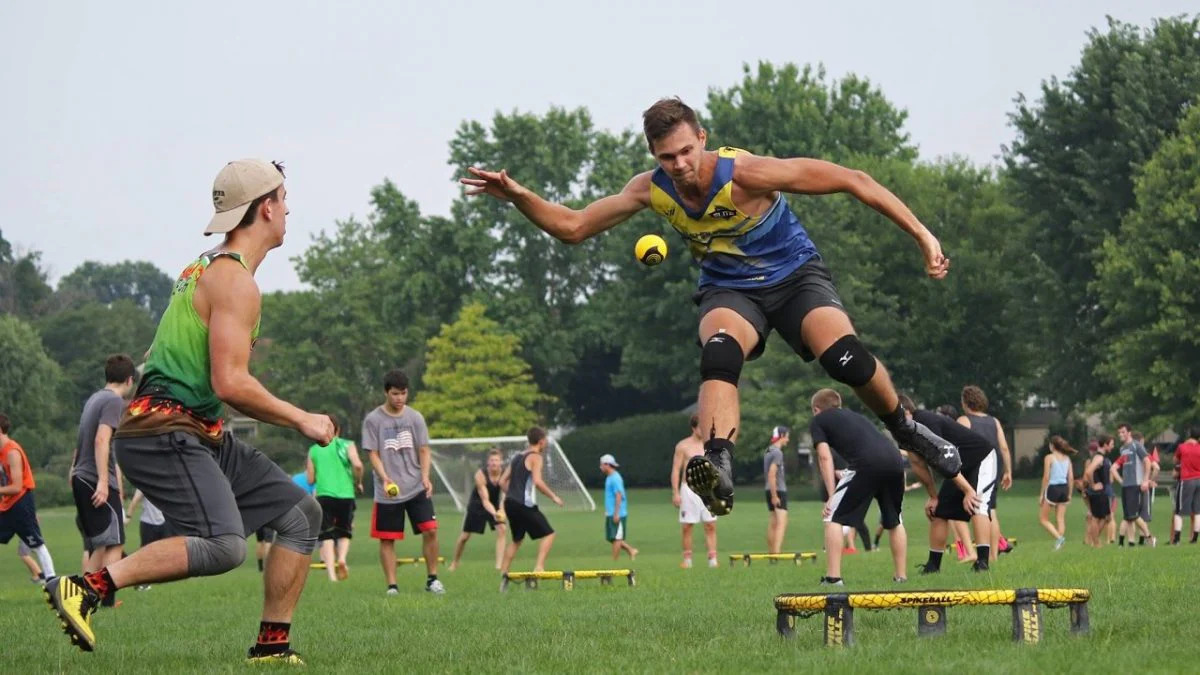
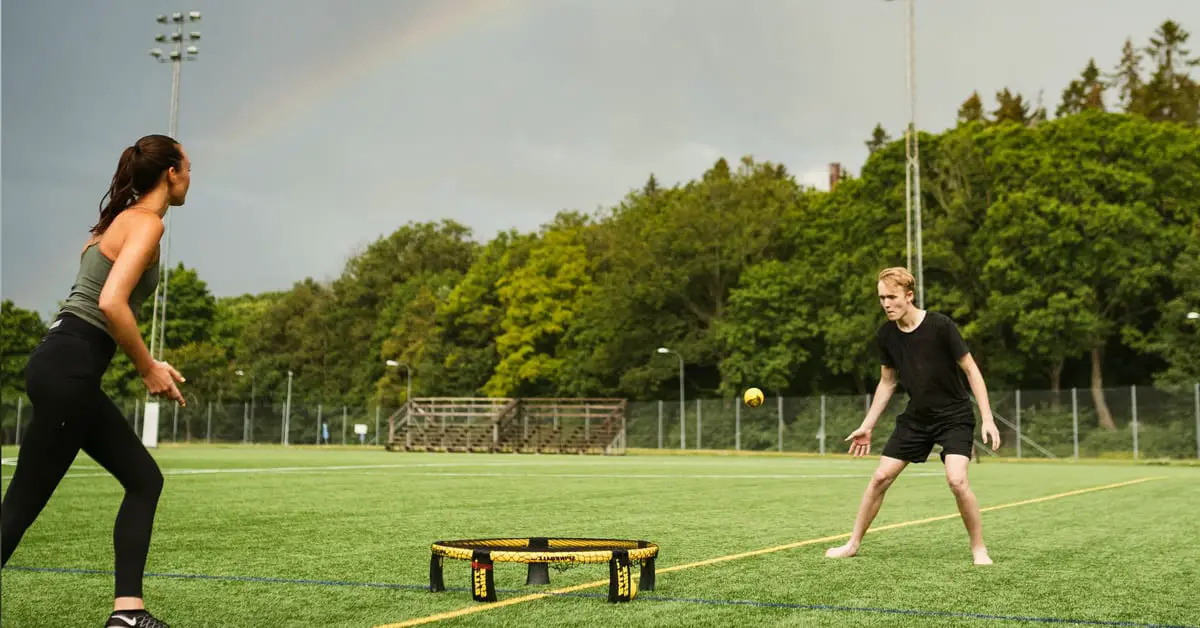
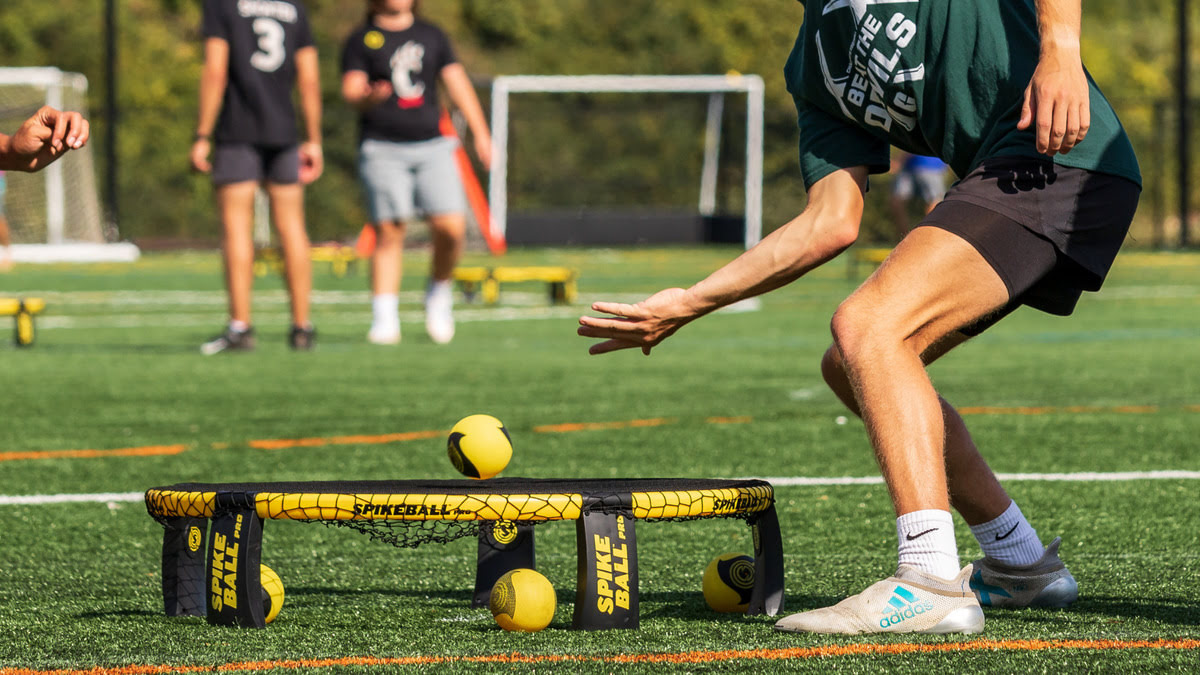

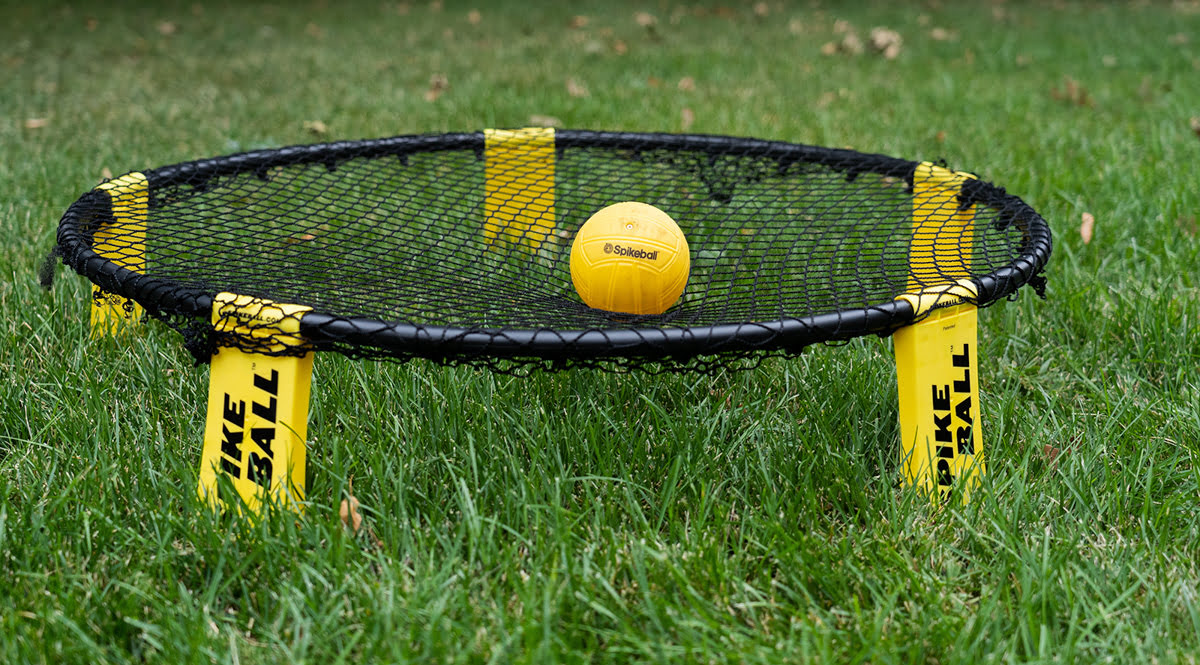
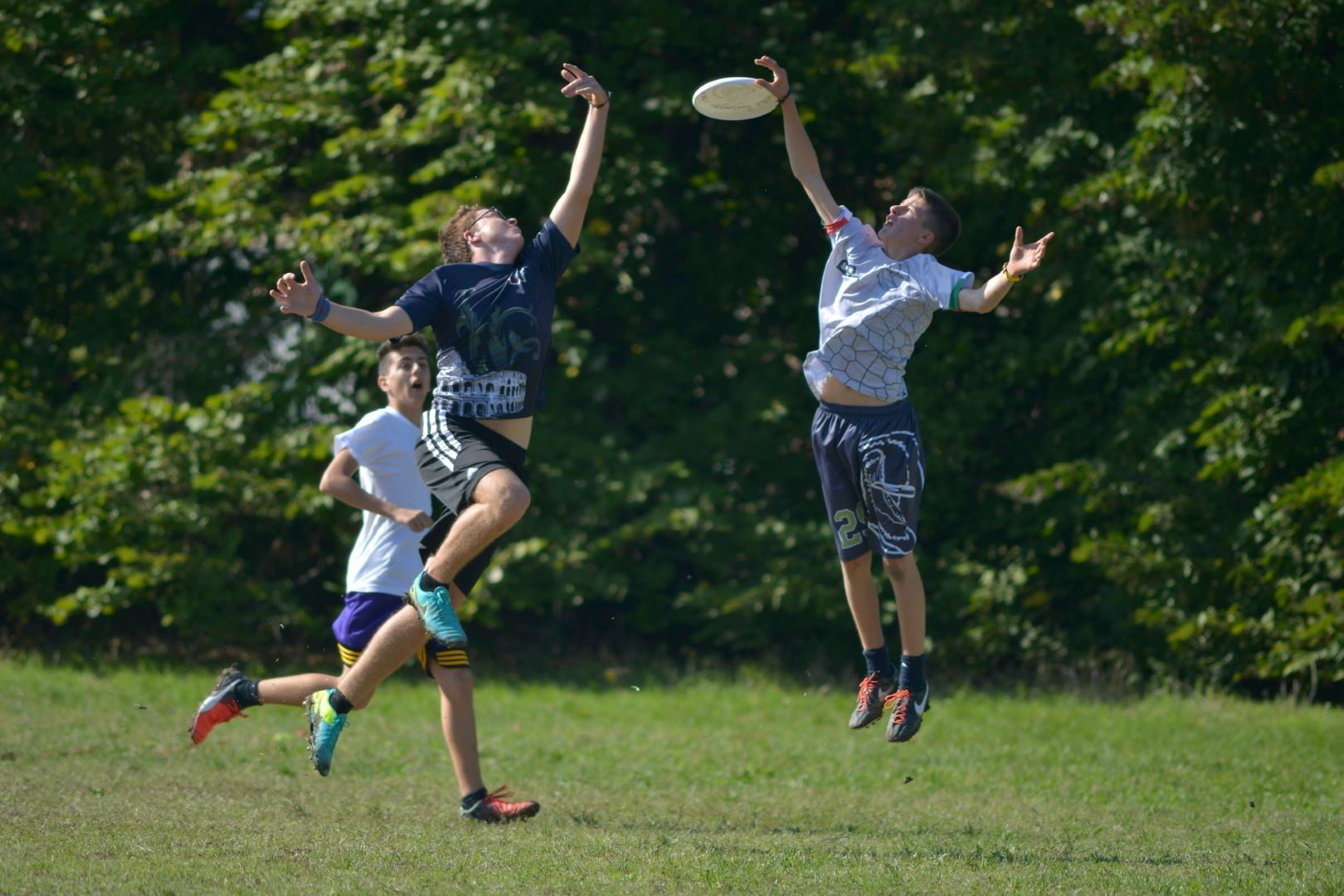
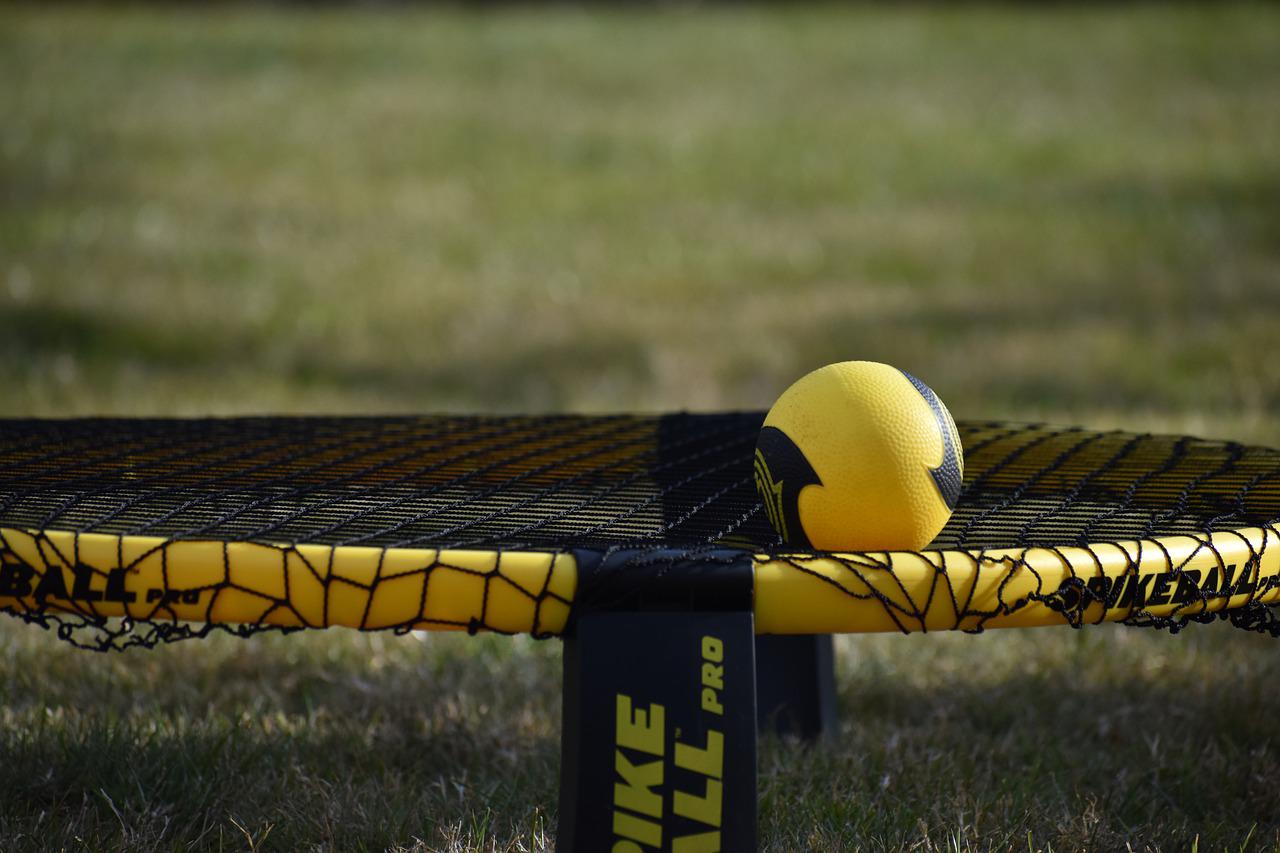
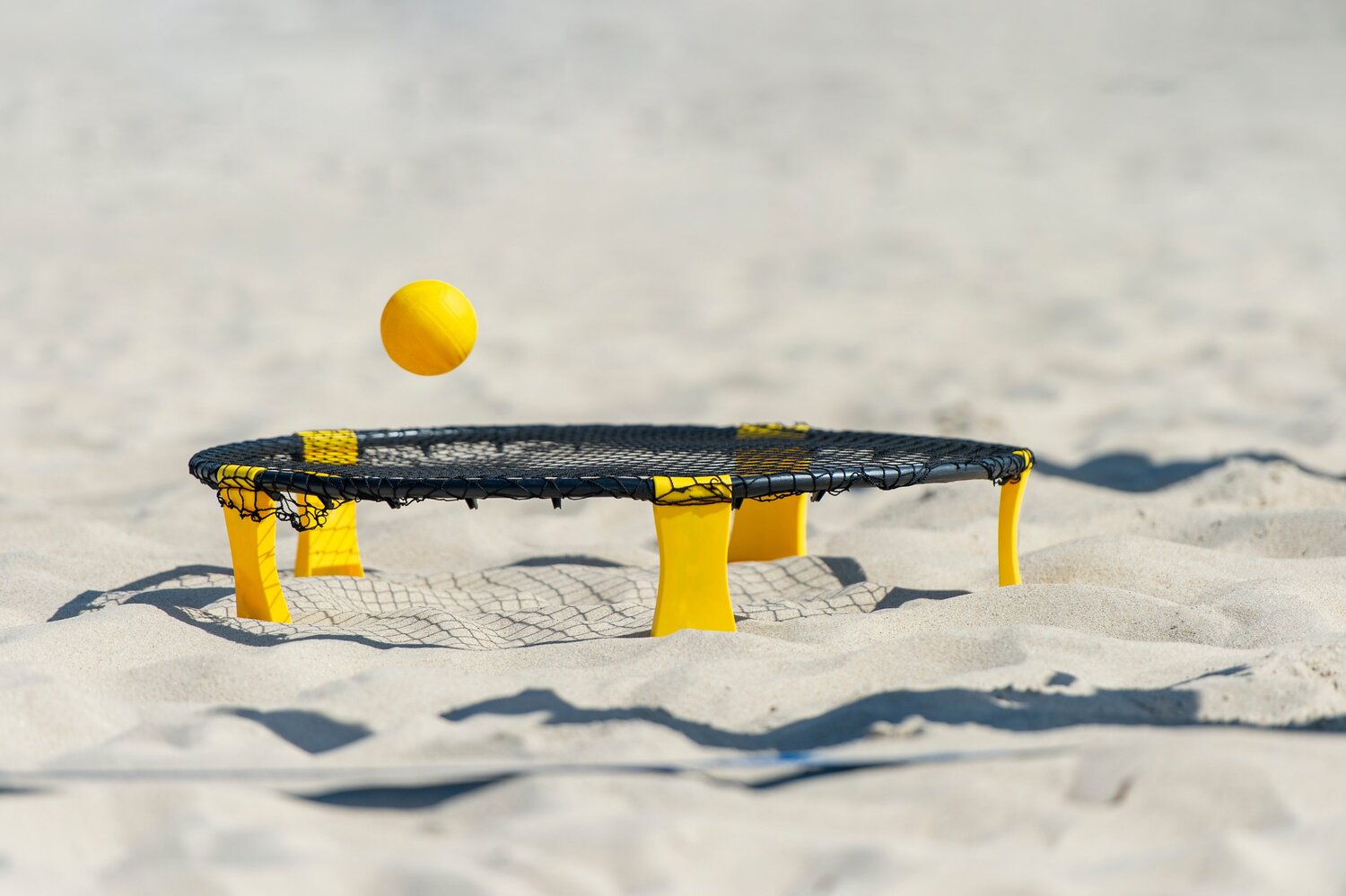
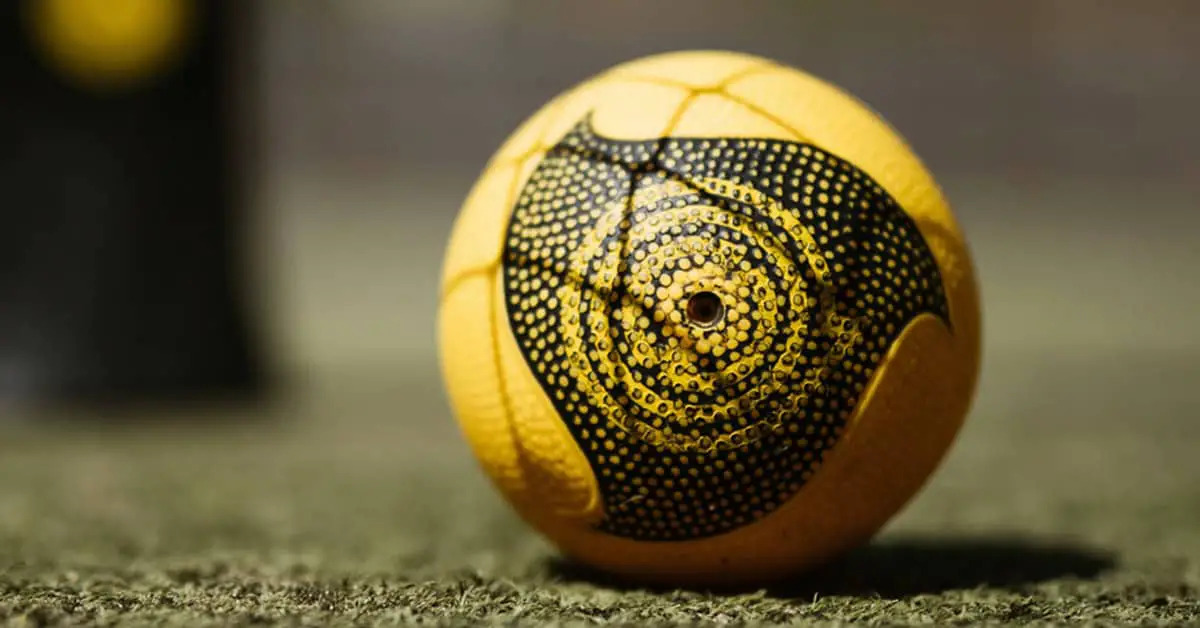

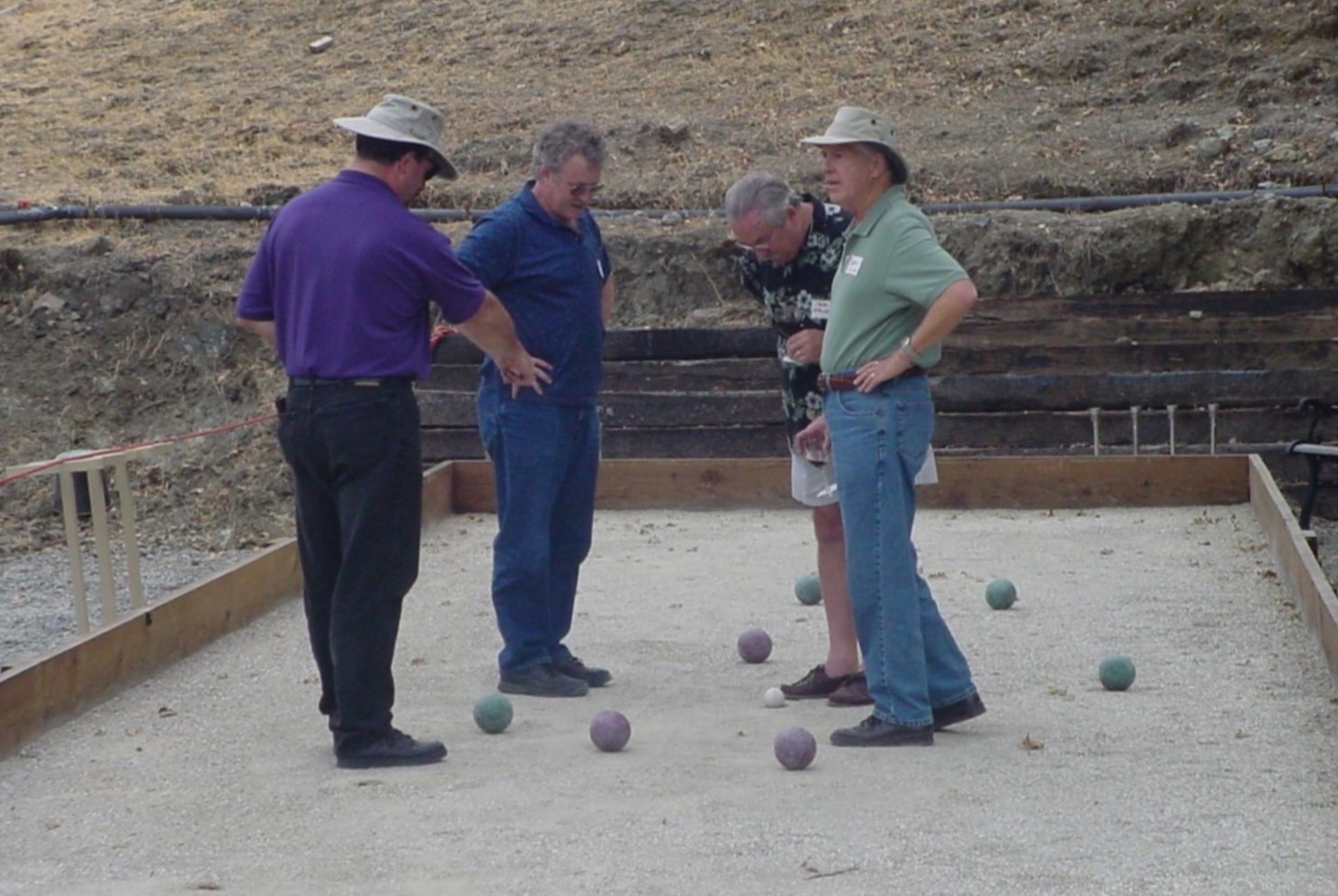
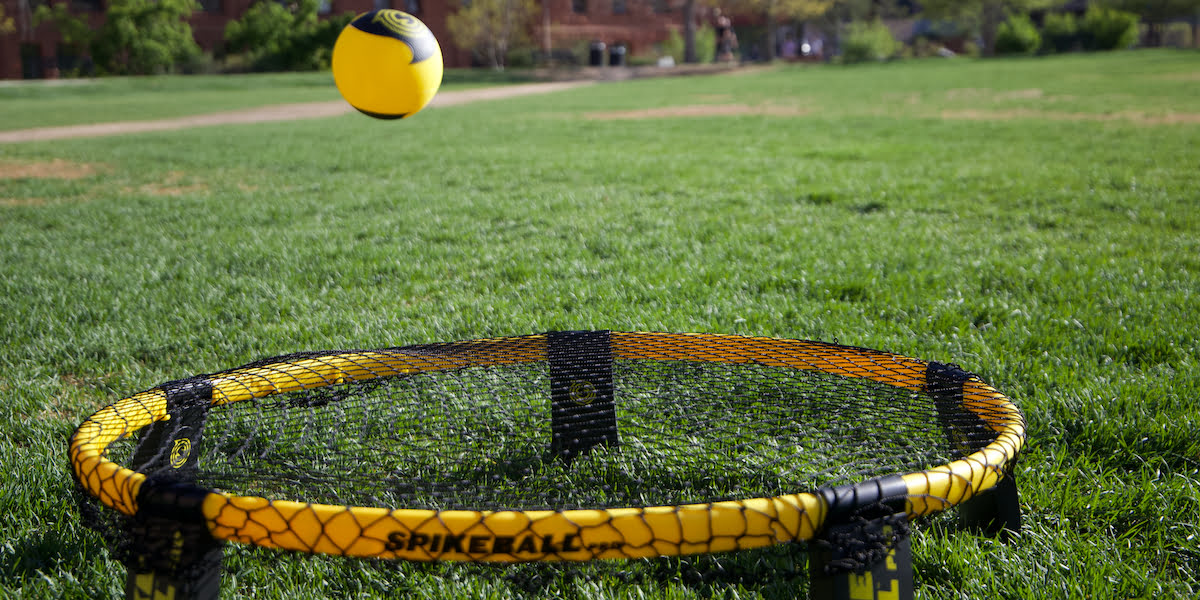
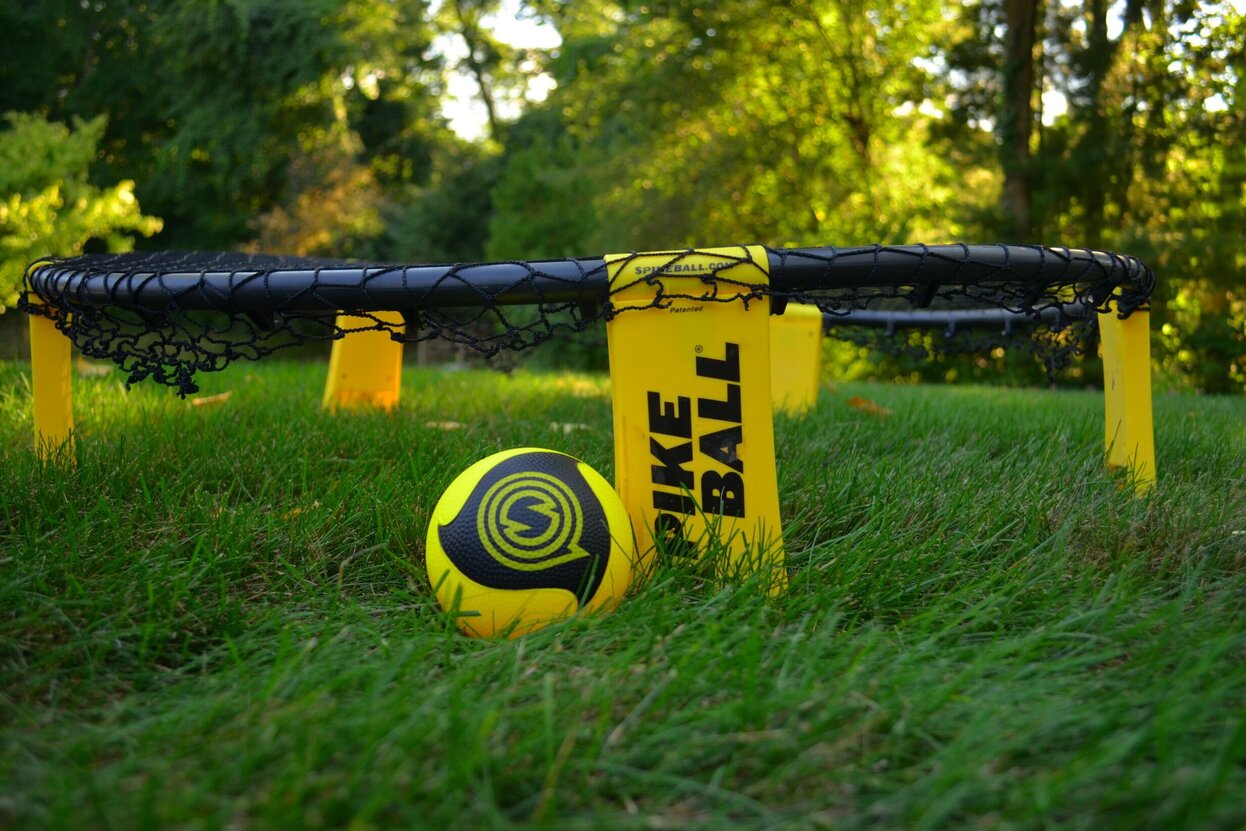
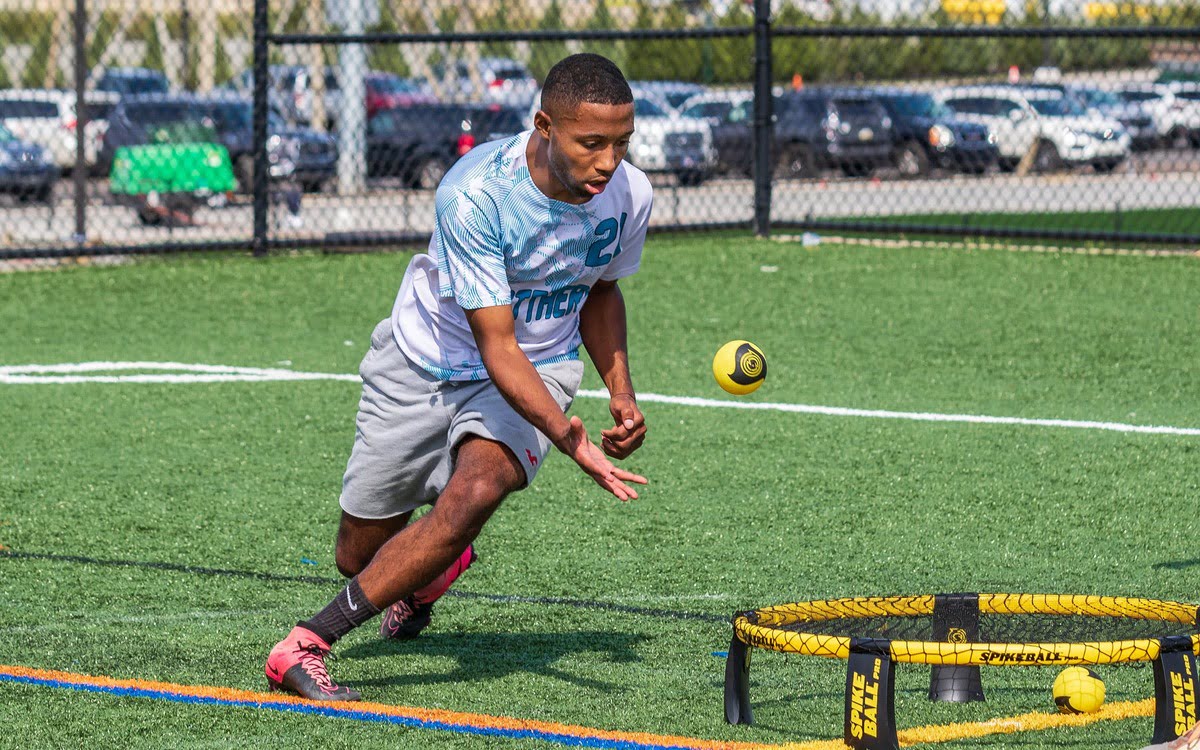
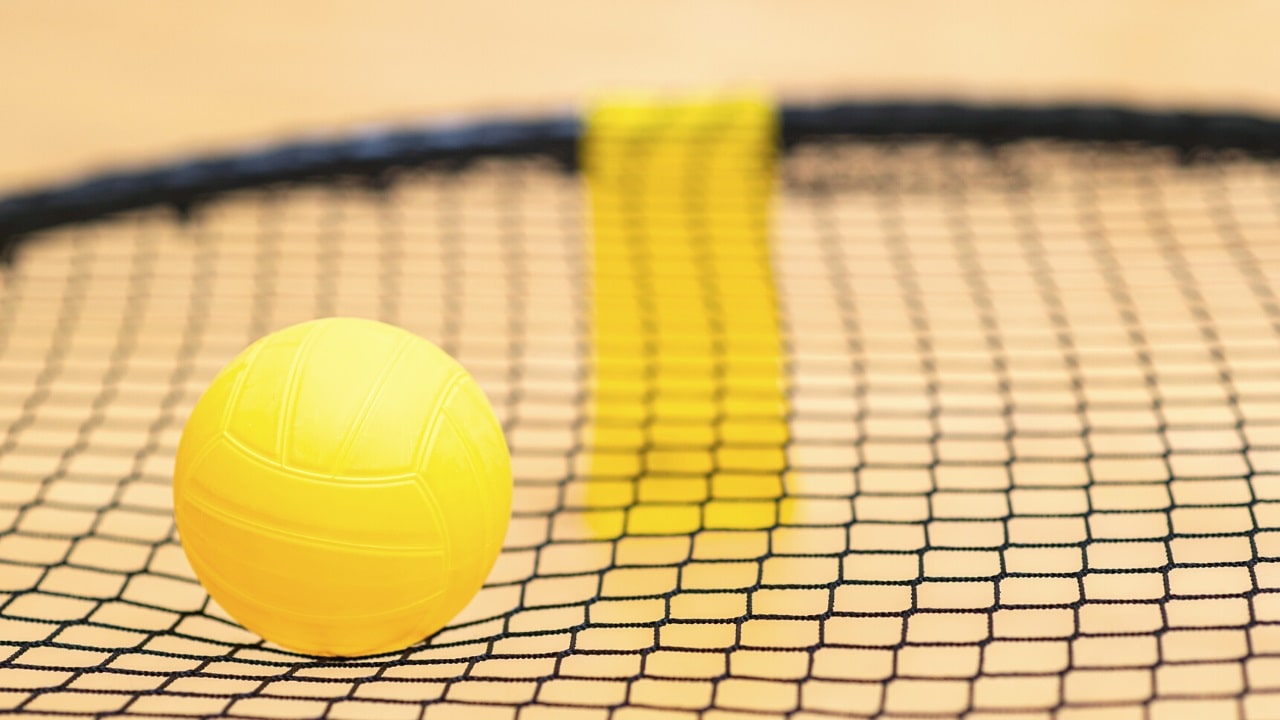

0 thoughts on “How Many Points Is Spikeball Played To?”